Learning the bass fishing basics, such as the best bass fishing rigs, tactics, lures, and conditions, can help you catch more bass or even win some bass fishing tournaments. Since bass often change their behavioral patterns, having experience at catching bass helps, too.
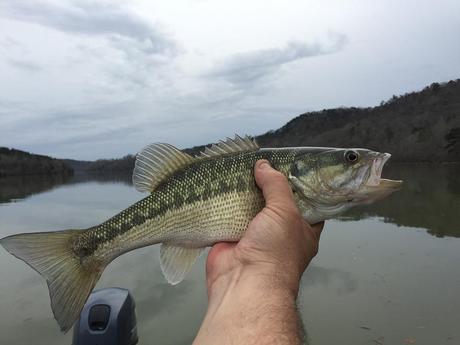
It does not matter whether you are an experienced angler with a few hundred casts up your sleeve or a newbie – if you want to score a trophy bass, you first have to master the bass fishing basics.
It’s easy. Learn about bass behavior, the best bass fishing lures, equipment, tactics, and fishing conditions, and you can become a bass-catching expert in a blink of an eye.
So, can you master the art of bass fishing in time for the next fishing season?
Is it possible to find all the best bass fishing tips in one place?
Yes, and yes. This article is an elaborate, A to Z bass fishing guide that will help you learn and enforce the bass fishing fundamentals and catch bass more efficiently. Who knows, perhaps you finally score the trophy catch all the bass anglers dream of, too.
How To Catch Bass: Bass Fishing For Beginners & Experienced Anglers
The Ideal Location For Fishing Bass
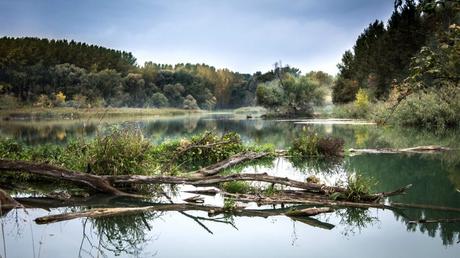
Bass love the heavy cover since they depend on shadows when lurking on their prey. Hence, if you hope to catch bass, you need to be on the lookout for any location that offers coverage and shade.
To find bass, you should locate their preferred habitat:
- Large underwater rocks
- Submerged trees/stamps and sunken logs
- Heavy underwater vegetation
- Boulders and ledges
- Boat docks
- Sudden drop-offs
- Creek channels
- Shoreline rip rap
In murky water with plenty of vegetation, bass might dwell in shallow areas. Yet, in clear water, they will stay deeper down, usually in areas of coverage or structure. In general, bass avoid strong flows.
If you have trouble finding these elusive fish, invest in a fish finder. It will help you discover underwater structures bass like to hang around, as well as groups of fish and individual fish in your proximity.
The Best Season For Fishing Bass
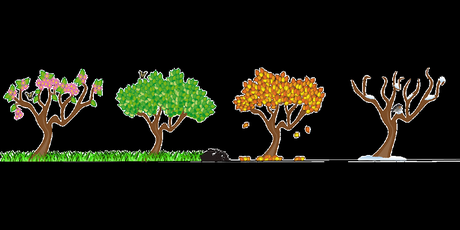
Bass fishing is most effective during late spring and early summer when the water temperature is between 50 and 70 degrees Fahrenheit – ideal for this type of fish.
Fishing season for bass varies by state, too. In southern climates, bass fishing is possible throughout the year. Up north, anglers are not as lucky since frozen rivers and lakes often hinder bass fishing during the cold season.
Ice fishing is a possibility, but it’s rarely a success. In cold water, bass usually stick to the bottom and become too lazy to chase bait. They need all their energy to survive.
Here are some practical bass fishing tips for every season:
Spring
In the south, the bass start biting yearly in the spring, sometimes even in late winter. Active feeding comes a bit later up north.
The beginning of the spring season mostly depends on water temperature. Once the temperatures rise, bass move into the shallows and start preparing for spawning. Due to their guarding instincts and natural aggressiveness, this is an ideal time to catch bass.
Bass spawning beds are usually in shallow water, in pockets or coves. You should best approach them from a distance – either from the shore or a boat.
Summer
During summer, bass tend to spend mornings and evenings foraging in the shallow water. However, they move into deeper areas and rest when it becomes too hot.
Once again, water temperature and weather dictate the bass location. When the sun is out, bass hide in lily pads, matted weeds, or grass beds. They are more active in the lower light; it would thus be best to target them in the early morning or later in the evening.
Fall
The fall season is ideal for catching big bass. The ones that have survived the summer have grown big and fat in preparation for the colder days.
In the early and mid-fall, the bass are still actively feeding, and you should be able to locate them in the same areas you found productive during spring. If that does not prove a success, move a little bit deeper.
One of the best bass fall fishing tips you can get is to imitate shads since they are the typical bass prey at this time of year. I recommend going for silver-colored lipless crankbait.
Winter
Winter is not the ideal time of the year for bass fishing. Bass preserve their energy by slowing down their metabolism and reducing their activities. They feed as little as possible and are not likely to chase bait.
If you insist on fishing bass during winter, look deep and fish slowly. You might get lucky!
The Best Weather For Bass Fishing
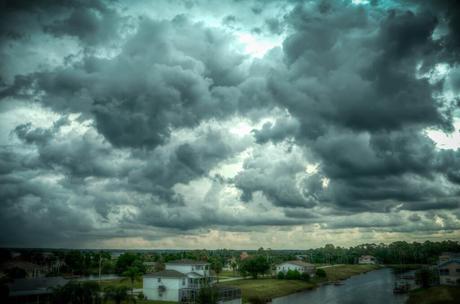
Weather is crucial for successful bass fishing. So, always check the forecast before heading to your favorite fishing spot.
There are three things you need to consider:
- Temperature
- Wind speed
- Sunlight
Contrary to what many anglers believe, sunny weather with a clear sky and no wind is not adequate for fishing bass.
The wind might cause you trouble when casting, but it’s your best friend nonetheless. It creates movement on the water and ripples that prevent bass from seeing you or having a close look at the bait or lure.
Besides, when water moves, fish move as well. Active fish are more likely to bite.
Bass are more active in low-light conditions; that is why sunny days do not work in your favor. Bass, like most fish, do not have eyelids, nor do their pupils dilate to adjust to brightness like ours do.
Consequently, bass avoid brightness by taking deep cover and keeping calm. They restrain from hunting, too, and that’s bad news for anglers trying to catch them. So, try getting to your fishing spot before dawn or at dusk. If you feel particularly adventurous, go night fishing.
The ideal weather for targeting bass is cloudy and breezy. In fact, the best bass hunting often takes place just before a front storm comes through. Ergo, when you see a wall of clouds moving in, grab your fishing rod and head straight to your favorite fishing spot.
The Best Water Temperature For Bass Fishing
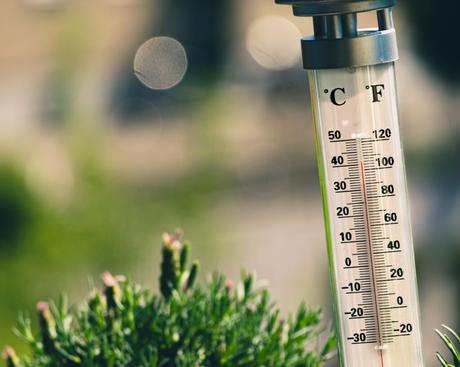
Water temperature plays a significant role in bass fishing. The temperature changes greatly affect bass behavior – most importantly, their feeding behavior.
Namely, bass feed actively when the water temp is in the 55°F – 70°F degrees range. You can catch bass in lower and higher temperatures, but it is not nearly as easy.
Since water temperatures can change throughout the day or be different on opposite sides of the lake or river, it would be best to always carry a thermometer in your tackle box. It can help you locate the best spot to target these predatory fish.
The Most Productive Bait & Lures For Fishing Bass
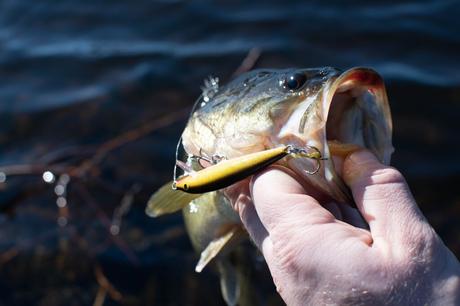
One of the most fundamental things to do when targeting bass is to bring the best bass fishing lures and bait. It is not an easy task, though. This subject is quite controversial and often sparks heated debates among anglers worldwide.
Hence, it would be risky to proclaim the best bass lure or bait. It would be wrong, too. The truth is that there are perfect lures and bait for every particular situation.
For this reason, it would be wise to always carry a variety of bait and lures. It will enable you to try out at least a couple and decide which one works best in the given situation.
Changes in air and water temperatures and weather conditions often influence bass feeding habits, too. Carrying an assortment of bait and lures helps you adjust to any circumstances.
How to choose your bait or lures?
Durability and color should be your top concerns. Your bait and lures should be able to withstand multiple fish and come in a variety of colors.
Bright-colored bait and lures are ideal for muddy or dingy water. In clear water, you should stick to more subtle, natural-looking colors.
When targeting lily pads, areas near docks or pontoons, or any other structure, tie on a skirted jig or use a topwater lure. Moving bait are best suited for windy days. You can choose between swimbait and crankbait. Stick bait is always a good choice.
If you fish soft plastic worms or other soft bait, opt for heavier jig heads. There are three common ways to rig soft bait made of plastic:
- Carolina Rig
- Texas Rig
- Drop Shot
Plastic worms are effective, but you can use real ones, too. Both bigger and smaller fish gladly attack natural bait such as worms, minnows, leeches, frogs, and crayfish. If live bait are allowed in your area, try them out, especially crayfish, since no bass can resist them.
If you do not want to risk losing your catch, make sure you tie the lure appropriately. Always double-check your knots – they are easily weakened or damaged by the wear and tear of catching fish or hitting against solid objects in the water.
A quick knot check takes a couple of seconds and can save you a lot of trouble – perhaps even losing the bass of your lifetime. Simply grab your lure with one hand and wrap the line around the other hand. Pull your hands apart as far as you can, and if the knot does not pop, you are good to go.
Here is how to tie a knot:
The Essential Bass Fishing Equipment

You do not have to buy top-notch fishing equipment to catch bass. An inexpensive rod will do just fine. However, a high-quality tackle will make you more successful at it for sure.
- Rod, Reel, and Fishing Line
Your fishing rod doesn’t have to be super expensive. Yet, high-end fishing rods allow for better sensitivity and enable you to detect every bite.
You need to feel comfortable using your rod, too. Hence, it is always a good idea to try out the rod before you buy it.
Experts may advise you that a 7′-6″ rod is the best rod for targeting bass, but if it is too long for you, it won’t feel right. Everybody is built differently. You should find the fishing rod that best suits your body type.
You should also consider the lures you plan to use with your rod. Some rods are designed specifically for certain bass lures, and they work best when used together. It is one of the reasons why skilled anglers have more than one bass fishing rod.
It is not the only reason, though. Having multiple rods at the site allows you to efficiently approach different targets and depths and catch more fish.
There are two types of rods suitable for beginner bass fishing – a spinning rod and a casting rod. What’s the difference?
Unlike spinning rods, casting rods have a trigger built into their handle. Spinning rods have a larger guide, too.
If you cannot afford both, start with a spinning rod and a spinning reel equipped with a fluorocarbon 8-pound test fishing line.
Skilled anglers often use a spincast or a baitcast reel, too. Once your fishing skills advance, you can do it, too. It will help you achieve a higher level of accuracy and cover more distance.
Hooks & Terminal Tackle
You haven’t felt real disappointment until you lose the bass due to a low-quality hook. To avoid it, you should not rely on cheap stock treble hooks found on most lures.
Most experienced anglers will advise you to change the hooks on all your lures – that is one of the best bass fishing tips you’ll ever get. Upgrade to some high-end hooks, and you’ll immediately see an improvement in your bass catching score.
Having reliable hooks, weights, and a little bit of terminal tackle (swivels or split rings) enables you to create several different rigs and unique presentations. It will also help you catch fish.
The Best Bass Fishing Techniques

Fly Fishing
Fly fishing for bass calls for pretty big flies that resemble their natural prey (poppers, frog imitations, oversized dry flies). Since bass are strong, aggressive fish, the fly rod must be powerful enough to handle them.
As we have already established, you should choose a rod that best suits your body type. In general, a five or six-weight 9-foot rod is a good option for most situations.
You should also use a weight-forward line to secure more distance when casting the large flies (always use a 10-15 pound test line). The leaders should also have sufficient strength to handle the heavy flies and the cover you cast into.
Several casting presentations have proven productive out on the water. I recommend you either cast the fly as far across the water as possible and twitch it a few inches every now and then, or hit the target area and strip the line with an irregular motion for fast retrieval.
Bass often strike as soon as the fly touches water, so be ready to act. Pay attention to every movement, or these elusive fish can pick up your bait and take off without you realizing it.
Topwater Fishing
Topwater fishing is bound to get your heart pumping. Everything happens very fast.
This fishing technique has the best results when applied in overcast or cloudy weather. It is also suitable for low-light conditions early in the morning and in the evening
If you want a bass to come out from its cover, use a topwater lure such as a Whopper Plopper, popper, or buzz bait.
The buzz bait is one of the best topwater lures. It makes a bit of noise on the water surface and covers more space. Unlike a Plopper, a buzz bait works in a thick cover, too. Poppers are ideal for the spawning season.
Boat Fishing
Boat fishing is an ideal technique for targeting bass, especially if you hope to catch largemouth bass. It is also suitable for the spawning season since you can approach the bass spawning beds without disturbing them.
When casting from the boat, try to face the wind. It might require you to sacrifice some distance in your casts, but it will allow the fish swimming with the current to take the bait before they spot your boat.
Here is a video that will teach you everything you need to know about bass fishing from a boat:
The Ideal Behavior For Catching Bass
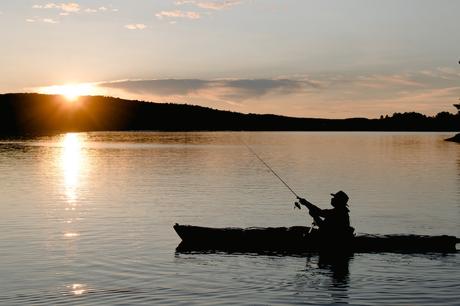
Bass are highly apprehensive fish. Their strong senses and wide range of sight serve to detect prey and help them avoid getting caught.
Bass detect vibrations in the water, too. Hence, you need to be very sneaky if you want to avoid them sensing your presence.
Fishing from the boat or shoreline gives you the best chance to remain undetected. You can better your odds by staying silent (or at least lowering your tone) and making sure you make no sudden movements.
You can use the weather to your advantage. For example, on breezy days, the water is not calm, and fish have a much harder time detecting human presence.
You should wear darker, less visible clothing, too. You do not want to alert all the fish you are there – so try to blend in. Bass feed only when they feel safe.
The Top Bass Fishing Patterns
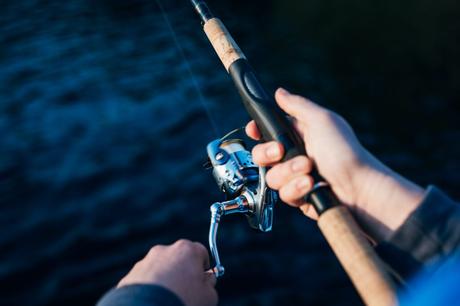
Professional anglers often discuss bass fishing patterns – most often the feeding patterns. If you are a beginner, it might sound like a deep science, but you should figure it out in time.
Fishing patterns are the repetitive behavior of fish over some time.
Unfortunately, patterns change frequently, and you have to figure them out repeatedly. It is well worth the trouble, though – knowing bass fishing patterns will help identify the best lures, equipment, and techniques and catch plenty of fish.
No amount of helpful tips can help you; you have to gather information from the field. It is a game of trial and error and taking notice of what works best. The goal is to identify consistent variables – it’s the key to catching more bass.
Recognizing Different Types Of Bass
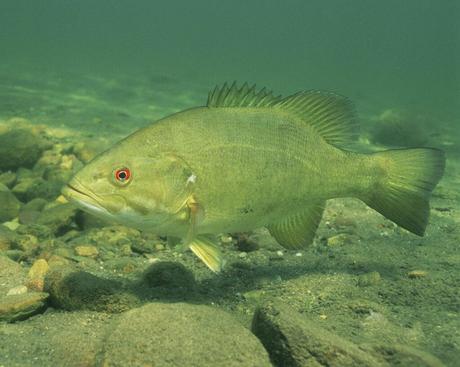
There are several types of freshwater bass in the USA and Canada. Each type calls for a specific approach.
Largemouth Bass
The largemouth bass (largies) prefer warmer water and thick cover. The ideal temperature to target largemouth bass is 65-75 degrees Fahrenheit. Catching a largemouth bass is relatively easy (especially after some awesome bass fishing tips) – it makes it an excellent starting point for beginners.
You should recognize them easily since their mouth is much bigger than on any other bass.
Smallmouth Bass
Smallmouth bass (smallies) prefer clearer, cooler water. They are most active when the temperature is between 65 and 70 degrees Fahrenheit. They are usually found in fishing lakes and reservoirs, but rivers and creeks often hold big specimens of this fish, too.
You can identify them by the smaller mouth and three dark lines on their cheeks.
Spotted Bass
The spotted bass is the most aggressive type of bass. These fish share their habitat with largemouth bass but are not as frequent. You can target them with the same lures you use for catching largemouth bass, too.
You can distinguish spotted bass by their lateral spots and soft dorsal fins.
Redeye Bass
Redeye bass inhabit rivers and streams and are rarely found in lakes or reservoirs. They are quite popular in sport fishing as they always put up a good fight.
You can recognize a redeye bass by its dark spots underneath the lateral line, an orange-red tail, and red eyes (Of course!).
FAQs
What Bait Is Best For Bass?
The best bait for bass is live bait. However, soft plastics work wonders, too, especially if you combine it with scents.
How Deep Should I Fish For Bass?
You should fish for bass at about 8-12 feet in depth. Big fish are usually caught around 10 feet in depth.
Should I Use A Bobber For Bass Fishing?
You should use a bobber for bass fishing, especially if you are a beginner. It is an effective tool for fishing around structures where bass hide and can help you detect bites.
What Lure Catches The Most Bass?
The legendary stick bait is the lure that catches the most bass. It works best on the Wacky Rig but you can combine it with almost any soft plastic rig.
What Is The Number 1 Bait For Bass?
The number 1 bait for bass is a rubber worm, at least as far as artificial bait is concerned. Bass will bite the moment the plastic worm sinks, and you should thus always have a couple of different worms with you.
Time To Catch Some Bass!
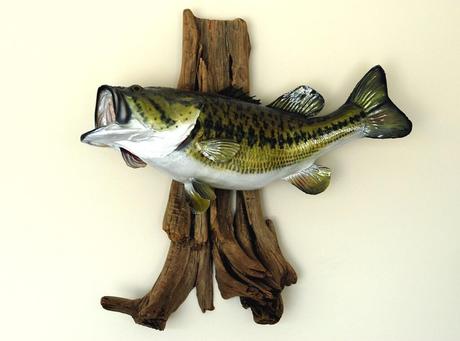
There you go! If you take at least a handful of the fishing tips you have just read, you won’t need to pay a pricey fishing guide to teach you about bass fishing for beginners. You can get out and catch bass on your own! Be patient and persistent and with time your skills will advance.
Do you have something to add or ask? Feel free to use the comment section!

